 Tini Tani
Tini Tani Nhi Py
Nhi Py Lola Mansil
Lola Mansil Robbie W
Robbie W Luci Matheus
Luci Matheus

Orlando Bloom and Miranda Kerr in Milan for fashion week.
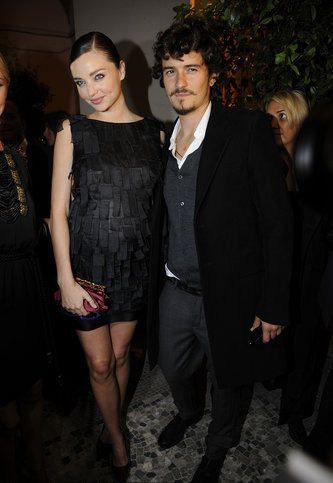
Orlando Bloom and Miranda Kerr in Milan for fashion week
While U.S. textile and apparel companies are setting their sights on increasing exports, it has become clear they will not get very far without more support from governments here and abroad. The Obama administration is committed to doubling U.S. exports over the next five years, and while that goal is laudable, it is easier said than done. As textile and apparel imports continue to rise, many companies see exports as the only route to survival.
With more than $12 billion in exports annually, the U.S. textile industry already is the third-largest textile exporter globally. Because most textile and apparel manufacturers are considered small to medium-sized companies, many lack resources to move in a big way into overseas markets and significantly increase their exports. However, yarn and fabric makers have experienced considerable success doing business in countries with which the United States has preferential trade agreements, such as the North America Free Trade Agreement (NAFTA) and the Central America-Dominican Republic Free Trade Agreement (CAFTA-DR). That arena is where future opportunities lie.
Assistance Sought
U.S textile makers have urged the government to pave the way for more exportation. Measures include: working with other nations to reduce trade barriers; calling on other governments to eliminate subsidies, including currency manipulation, to their manufacturers; increasing Customs enforcement, particularly with regard to preferential trade agreements; and making credit and other financing available to companies that want to export their products. In addition to these steps, U.S. apparel makers support ratification of the Panama, Colombia and South Korea free trade agreements (FTAs), which they say would provide access to 100 million new customers. They also call for successful conclusion of the Doha Round of trade liberalization negotiations and negotiation of a Trans-Pacific Partnership.
Financial Support
Access to financing has become both an immediate and a long-range need for exporters. In a letter to U.S. Trade Representative (USTR) Ron Kirk, Cass Johnson, president of the National Council of Textile Organizations (NCTO), pointed out that U.S. textile makers "have experienced tremendous difficulty" in securing financing through private lenders as well as from the Export/Import Bank (Ex-Im Bank). He said the problem is compounded by the fact that many overseas countries offer their exporting industries cheaper financing, giving them a competitive advantage. As private financing is expensive or not available at all, manufacturers have turned to the Ex-Im Bank, which provides credit guarantees, credit insurance and financing to U.S. exporters. This, however, has turned out to be an exercise in futility in many cases.
The problem is with the Ex-Im Bank's criteria for assessing risk. When offering credit insurance, the bank affixes a risk based on the country receiving the exports, and the bulk of U.S. textile exports go to NAFTA and CAFTA-DR nations -- many of which are considered high-risk. This results in costs associated with credit insurance or guarantees that are prohibitively high for textile manufacturers.
Gail Strickler, assistant USTR for textiles, said the Office of the USTR is well aware of this problem and is trying to resolve it. She told Textile World her office has been working to have risk assessment based on the credit record of the ultimate U.S. customer or the U.S. exporter rather than on the credit assessment of the importing country. While many of the NAFTA and CAFTA-DR countries are considered credit risks, the ultimate consumers of textiles and clothing entering the United States under preferential programs -- such as Walmart, Sears, and JCPenney -- pay their bills and are not viewed as credit risks.
Strickler said the USTR has been working for months with the Ex-Im Bank and private factors to urge them to reassess their risk criteria and make the financing of exports less expensive. She noted that on a number of occasions, her office has been able to step in and help companies get better financing, and while there has been some success, she said, "we still have a long way to go." U.S. textile manufacturers have seen little movement in this regard, but they consider financing problems a major deterrent to exporting, and they feel more needs to be done. Strickler is urging companies experiencing financing problems to contact her office to seek assistance.
Johnson told the USTR that if NCTO's recommendations in connection with the National Export Initiative are implemented, the goal of increasing exports from today's $12 billion to $24 billion "is within reach."
Korea FTA Reopened
Because the two most powerful members of Congress in terms of trade issues have problems with the United States/South Korea FTA (KORUS), the Obama administration has been forced to reopen negotiations, and that is providing an opening for U.S. textile lobbyists to seek modifications in the pact, which they say in its present form could have "a profound negative effect" on textile and apparel jobs. The FTA was signed by the Bush administration in June 2007, but Congress has refused to ratify it. Senate Finance Committee Chairman Max Baucus from the beef-producing state of Montana and Sander Levin, House Ways and Means Committee chairman from Michigan, the heart of automobile manufacturing, have problems with how the agreement treats U.S. beef exports and automobile imports and market access.
Five textile industry associations and the Service Employees International Union have written to Kirk calling for major changes in the tariff phase-out schedule, Customs enforcement and the rule of origin. The Congressional Textile Caucus has raised the same issues, saying the current agreement will place domestic manufacturers at "a distinct disadvantage." Its members call for the United States to revisit the agreement and revise the textile provisions, which they say could "cause great harm to the domestic industry."
Kirk said he hopes outstanding issues can be resolved by President Barack Obama's scheduled trip to South Korea in November, but he told a South Korean newspaper it is unlikely that any sections of the agreement other than beef and autos will be reopened. That's not likely to deter textile manufacturers and their supporters in Congress from pressing for reforms in the textile sections. While some issues may be resolved by Obama's meetings in South Korea, legislation enacting the agreement into law, from a practical standpoint, could not be passed until next year.
Possible Action On Currency Issue
As the November election draws closer and members of Congress are anxious to show they are doing something to create jobs, there is an increasing possibility that Congress will act on Chinese currency manipulation. Up to this point, currency reform legislation pending in Congress has served to put pressure on the Obama administration and the Chinese government to permit the Chinese renminbi to appreciate against other currencies, but the tentative steps taken by the Chinese government to date have not impressed members of Congress. The legislation would declare currency manipulation an unfair practice and permit use of anti-dumping and countervailing duty laws to offset what the legislation's supporters see as an illegal subsidy. The call for congressional action was intensified by a Department of Commerce decision saying countervailing duties could not be viewed as an illegal subsidy in an aluminum industry case.
Models present creations as part of the Bottega Veneta Spring/Summer 2011 women's collection during Milan Fashion Week September 25, 2010.
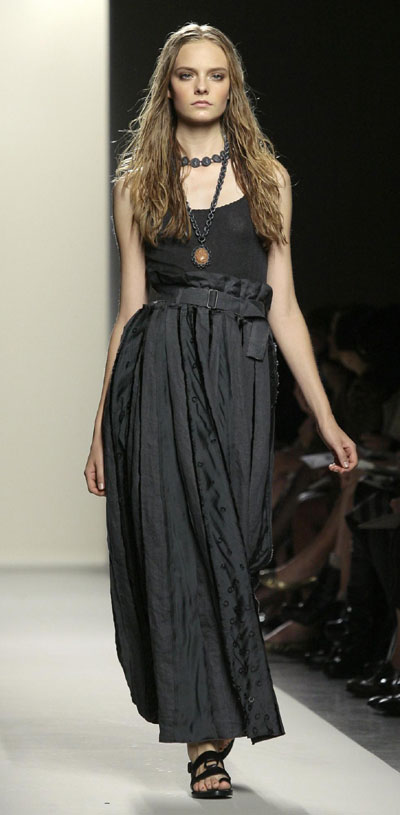
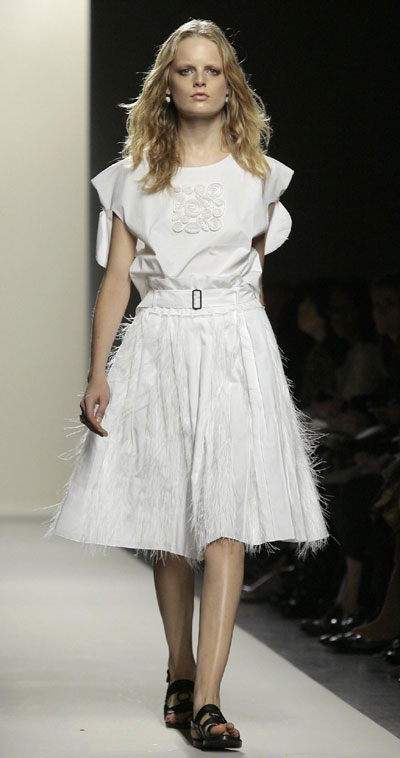
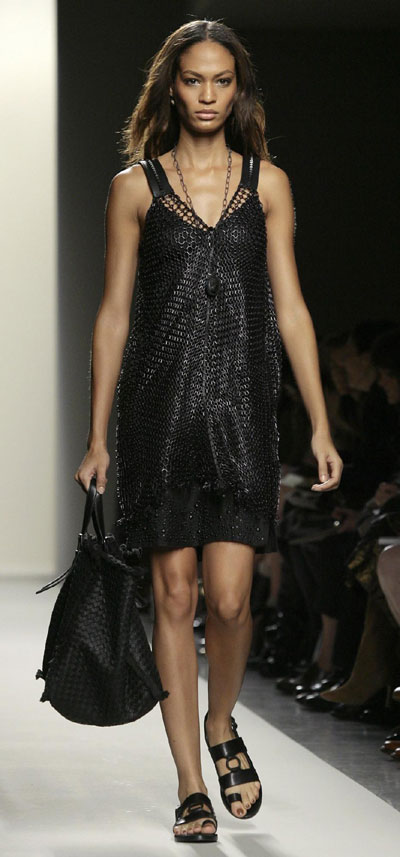
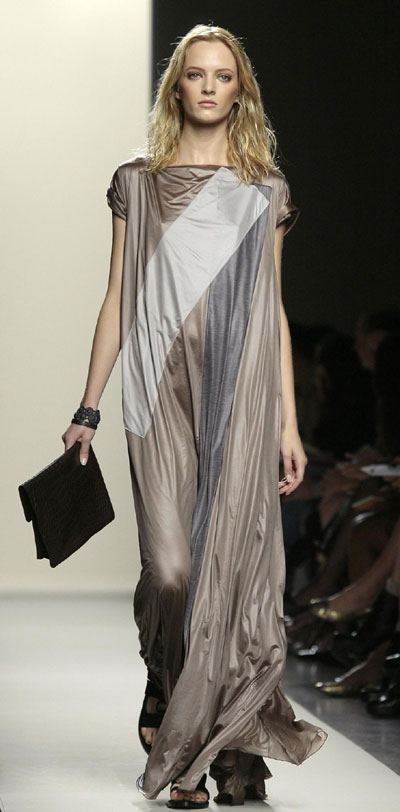
Models present creations as part of the Blumarine Spring/Summer 2011 women's collection during Milan Fashion Week September 25, 2010.
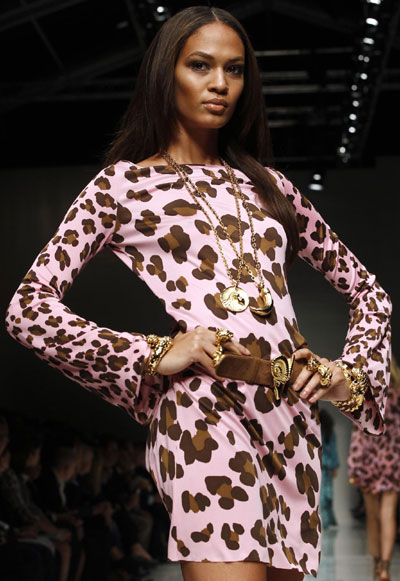
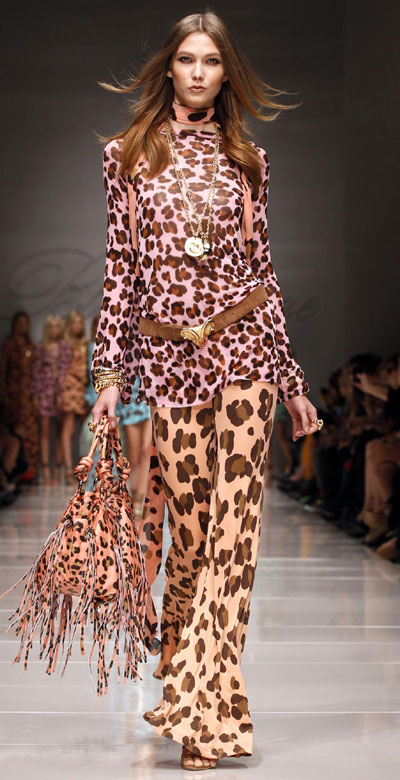
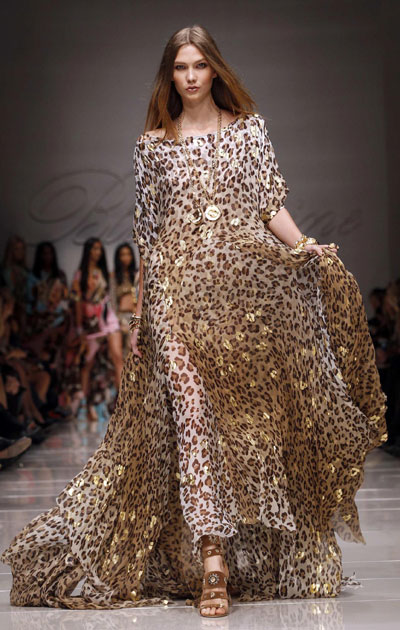
Models present creations as part of the Blugirl Spring/Summer 2011 women's collection during Milan Fashion Week September 24, 2010.
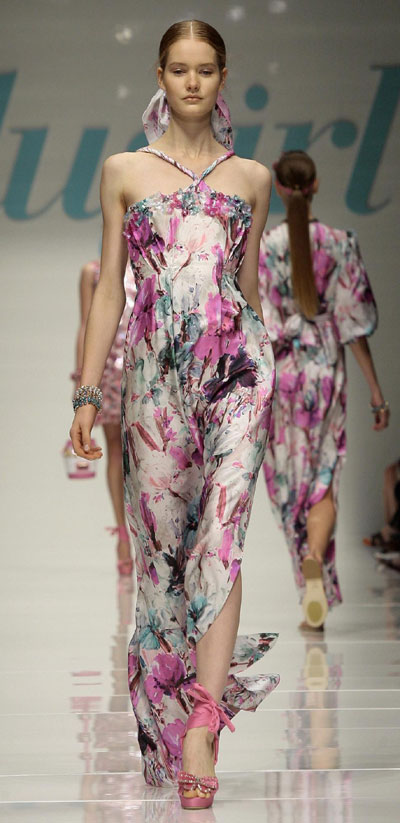
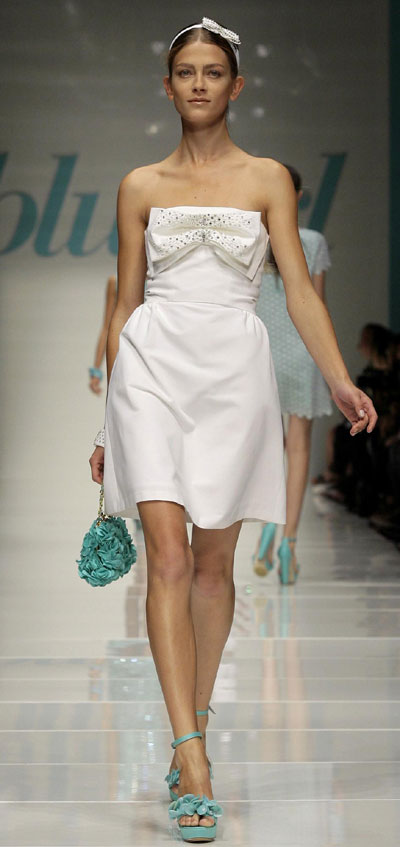
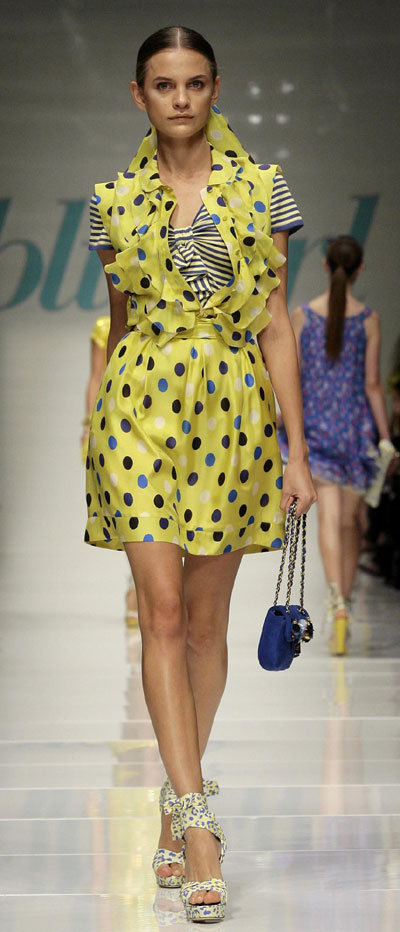
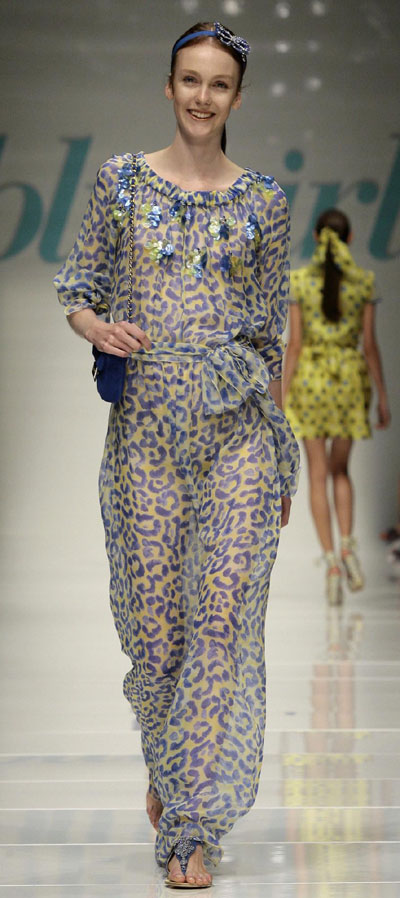
Models display creations as part of Just Cavalli spring-summer 2011 ready-to-wear collection during the Women's fashion week in Milan, Italy, Sept. 25, 2010.
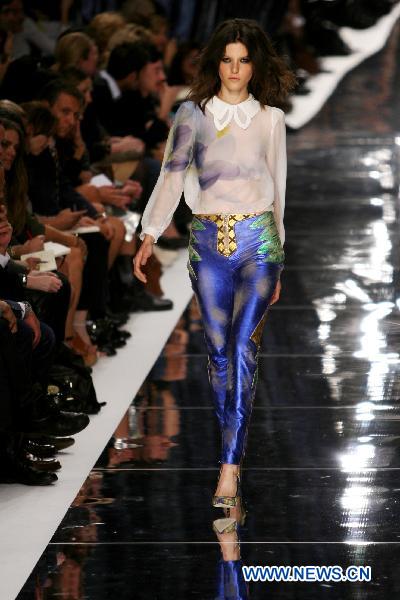
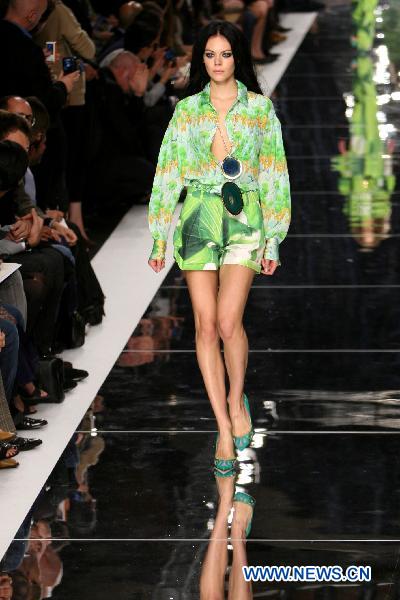
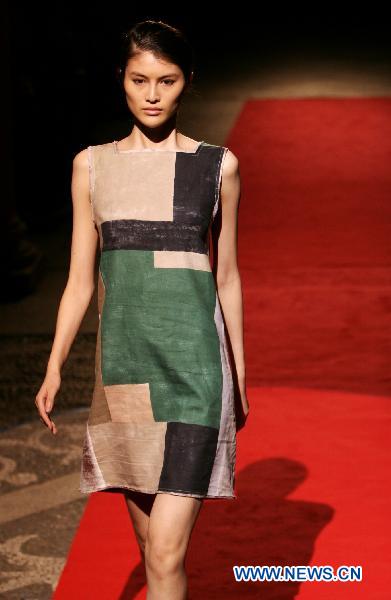
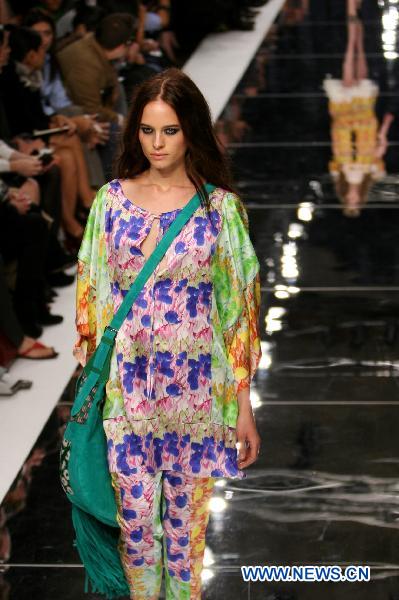
Models present creations as part of the D&G Spring/Summer 2011 women's collection during Milan Fashion Week September 23, 2010.
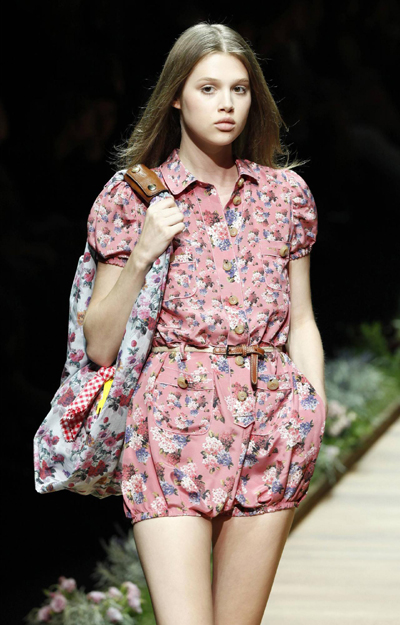
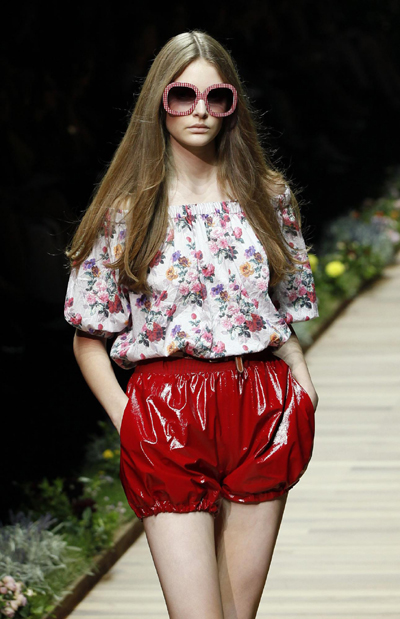
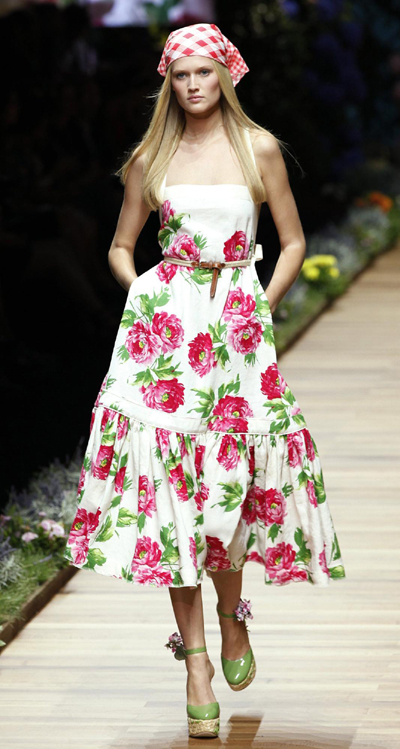
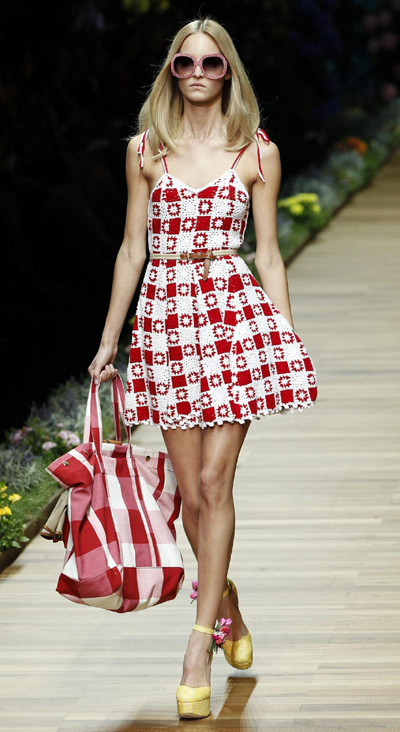
Models present creations as part of the Emporio Armani Spring/Summer 2011 women's collection during Milan Fashion Week September 25, 2010.
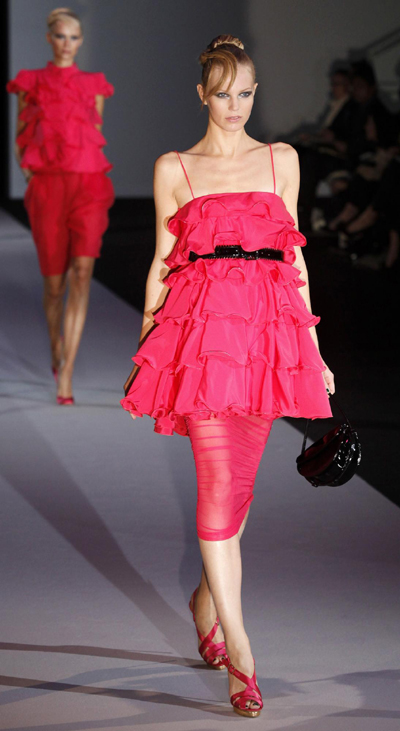
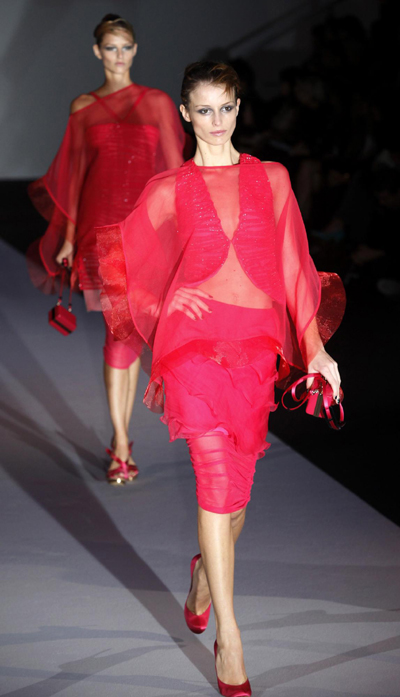
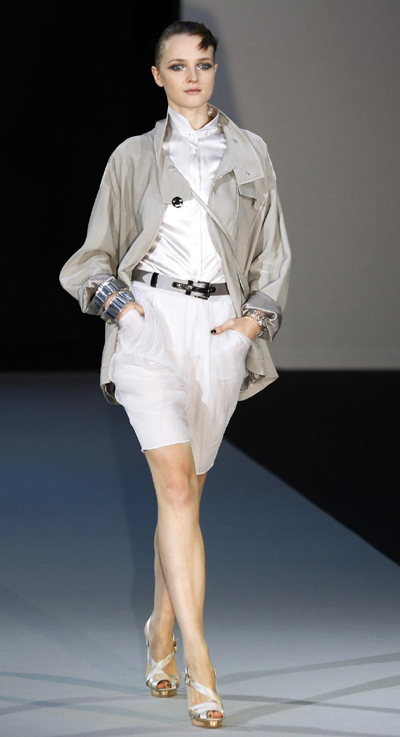
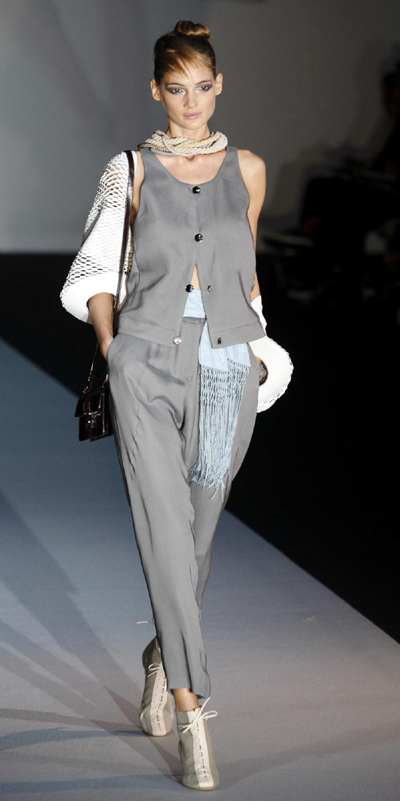
Models show creations part of the John Richmond Spring-Summer 2011 fashion collection, during the fashion week in Milan, Italy, Wednesday, Sept. 22, 2010.
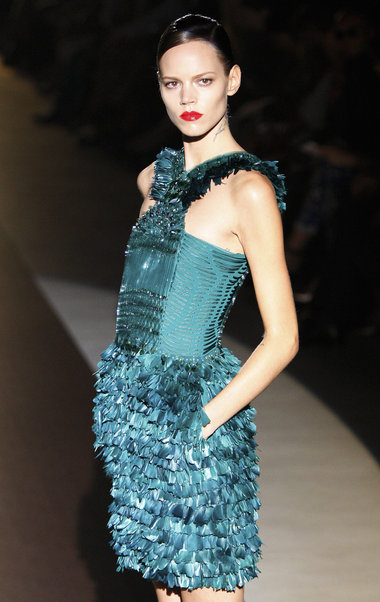
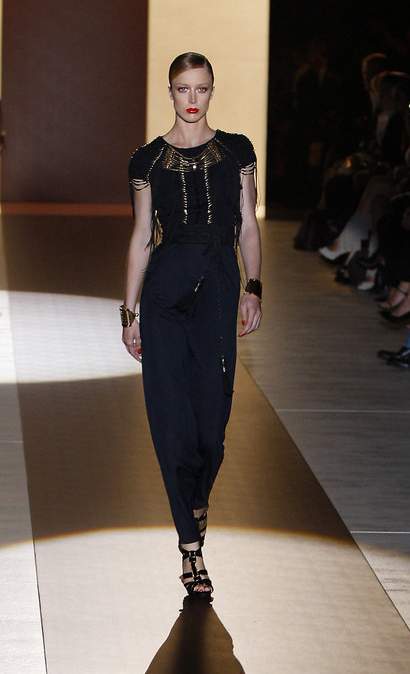
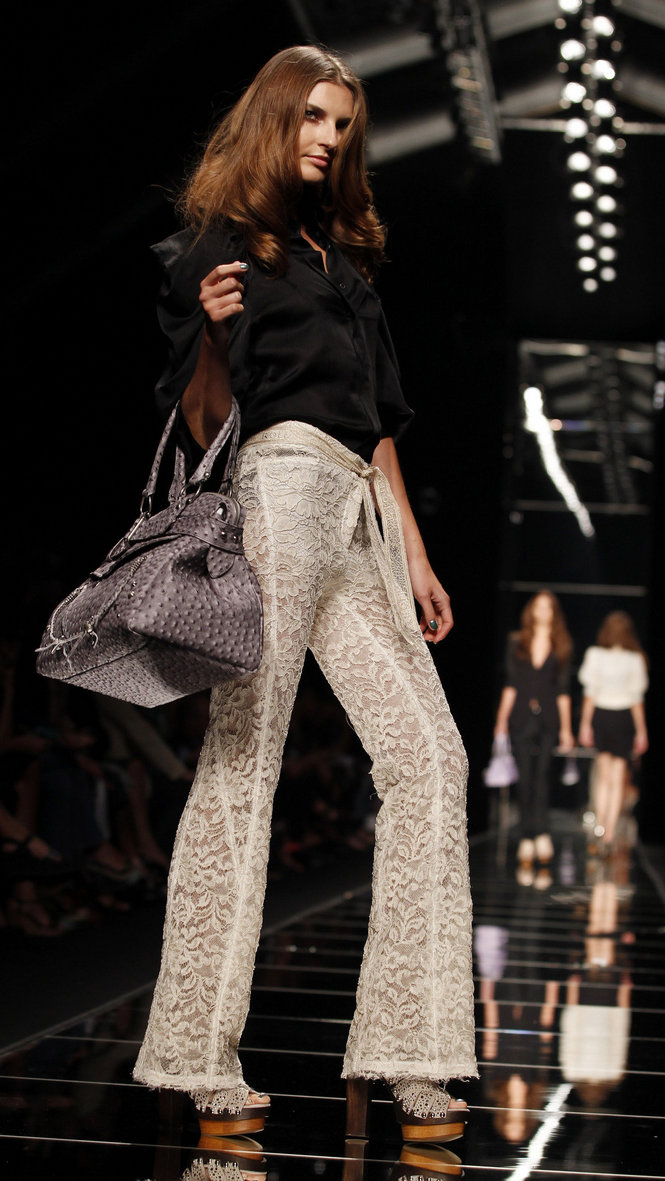
MICAM and MIPEL took place on September 19-22, 2010 in Milan New Exhibition Center that attracted 585 and 254 foreign exhibitors respectively came to the fair. According to Italian official report the exports expanded 6.4% in footwear sector, 15% in leather goods sector. Many Italian exhibitors said on the trade fairs they will make shoes for top-end markets to avoid the competition from China.